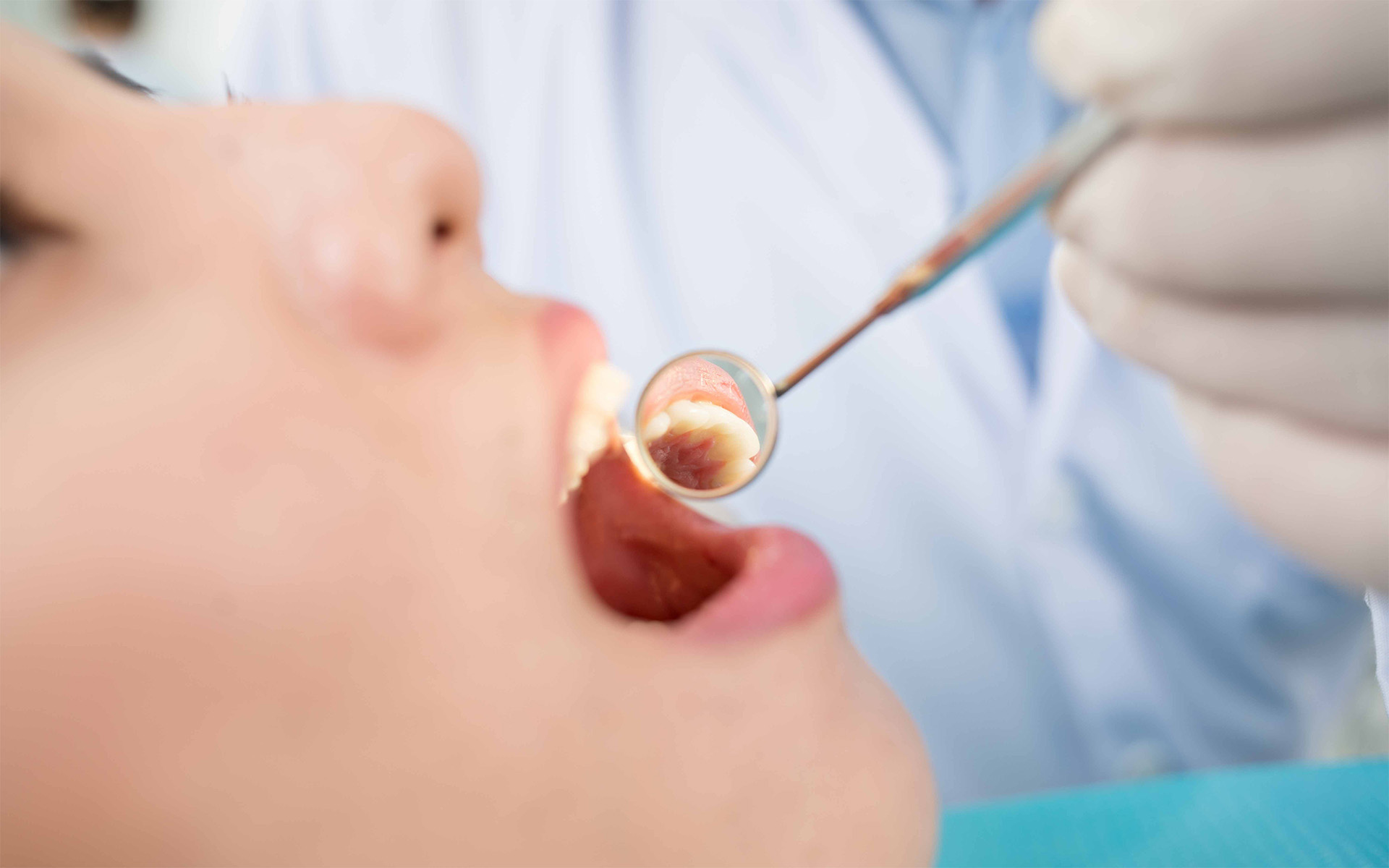
Diagnosis and Treatment Methods in Oral Cancer

Oral cancer is the most common form of head and neck cancer. It usually affects people aged 60 and over. Oral cancer affects your lips and the first parts of your tongue, the roof and floor of your mouth. It also affects your oropharynx, the last part of your tongue and the roof of your mouth, your tonsils, and the sides and back of your throat.
How Is Oral Cancer Diagnosed?
Your dentist may detect potential oral cancer during one of your regular checkups. They may follow up with preliminary tests or refer you to an oral and maxillofacial surgeon or head and neck surgeon.
Tests used to diagnose oral cancer are generally:
- Physical examination: Your healthcare provider will look at the entire inside of your mouth and examine the area around your mouth. He or she may also examine your head, face, and neck for potential signs of pre-cancer or cancer.
- Brush biopsy – scraping biopsy (also called exfoliative cytology) : Healthcare professionals take a sample using a small brush or spatula to gently scrape the area in question to obtain cells that are examined for cancer.
- Incisional biopsy : It is the sampling of small pieces of tissue to examine the cells for cancer.
- Indirect laryngoscopy and pharyngoscopy : It is the application performed by using a small mirror on a long thin handle to look at the throat, tongue root and part of the larynx (voice box).
- Direct (flexible) pharyngoscopy and laryngoscopy : An endoscope can be used to look at areas of your throat and mouth that cannot be seen with mirrors. An endoscope is a thin, flexible tube with a light and viewing lens attached to it.
How Many Stages Does Oral Cancer Have?
Diagnostic tests help determine the stage of a cancer. Stage describes the location of the cancer where the cancer has grown or has penetrated the surface of the area where it is located. The tests also check if the cancer has spread to other parts of your body. Diagnosing specialists use staging information to help recommend treatment and predict the chances of recovery.
Oral cancers are staged using the TNM system. T indicates the size and location of the primary tumor. N indicates whether the tumor has spread to your lymph nodes. The M indicates whether the tumor has metastasized or spread to other parts of your body.
The stages of oral cavity cancer are:
- TI: The tumor in your mouth is 2 centimeters or smaller.
- T2: The tumor is 2 centimeters or less but no larger than 4 centimeters.
- T3: The tumor is larger than 4 centimeters.
How Is Oral Cancer Treated?
The three main treatment options for the oral (oral) are surgery, radiation therapy, and chemotherapy. Before determining the treatment method, your doctor considers the following factors;
- The type of oral cancer you have.
- Whether oral cancer has spread from the original site to other parts of your mouth and throat, or to other parts of your body.
- Your general health.
- Your age.
If your doctor predicts that oral cancer requires a surgical treatment, the surgical operations that can be performed are as follows;
- Primary tumor surgery: Healthcare professionals remove tumors through an incision in your mouth or neck.
- Glossectomy: This is the partial or complete removal of your tongue.
- Mandibulectomy: Surgery for oral cancer in your jawbone.
- Maxillectomy: This surgery involves removing part or all of the hard palate, the bony roof of your mouth.
- Sentinel lymph node biopsy: This test helps healthcare professionals know if the cancer has spread beyond the original oral cancer.
- Neck dissection : It is done to remove the lymph nodes in your neck.
- Reconstruction: Surgery that removes large areas of tissue may be followed by reconstructive surgery to fill in the spaces left by the tumor or replace part of your lips, tongue, palate, or jaw. In some cases, reconstructive surgery is done by removing healthy bone and tissue from other parts of your body.
Depending on the condition of the disease, your doctor may combine the surgical operation with the following treatments;
- Radiation therapy: Radiation therapy uses powerful beams of energy to kill cancer cells or prevent them from growing.
- Targeted therapy: This cancer treatment uses drugs or other substances to precisely identify and attack certain cancer cells without harming normal cells. Monoclonal antibodies are immune system proteins created in the laboratory and used to treat cancer.
- Chemotherapy: Your healthcare provider may use anti-cancer drugs that kill cancer cells, including treatments that affect most parts of your body.
- Immunotherapy: A cancer treatment that activates your immune system to fight the disease. The treatment is sometimes called biological therapy.